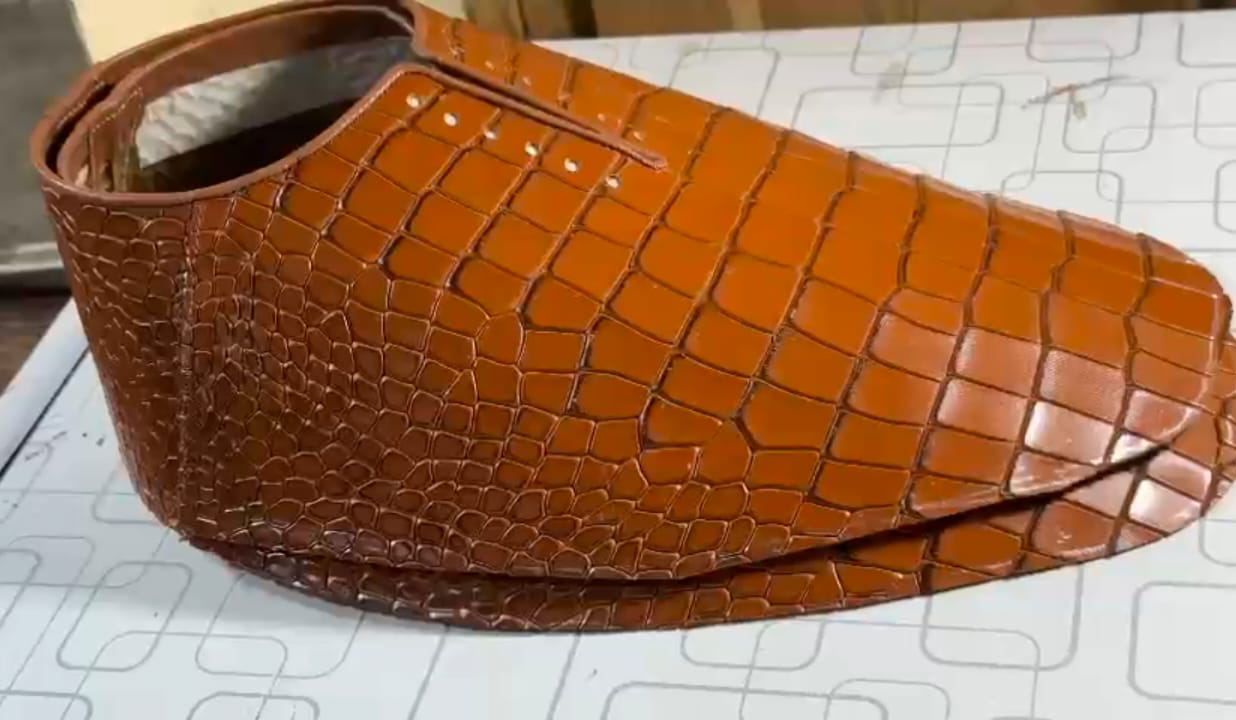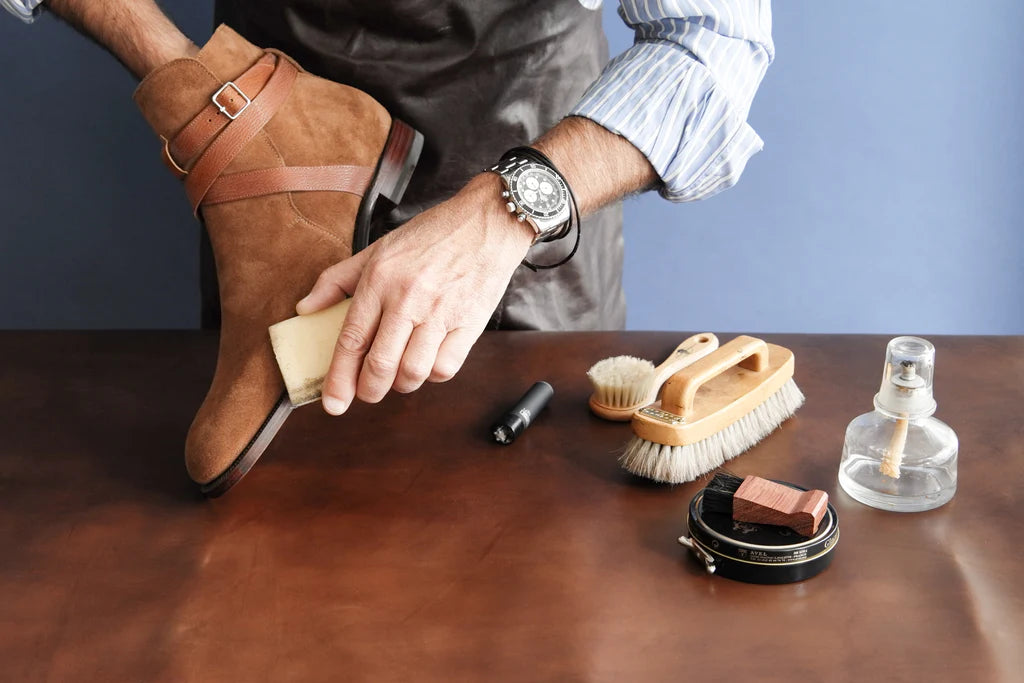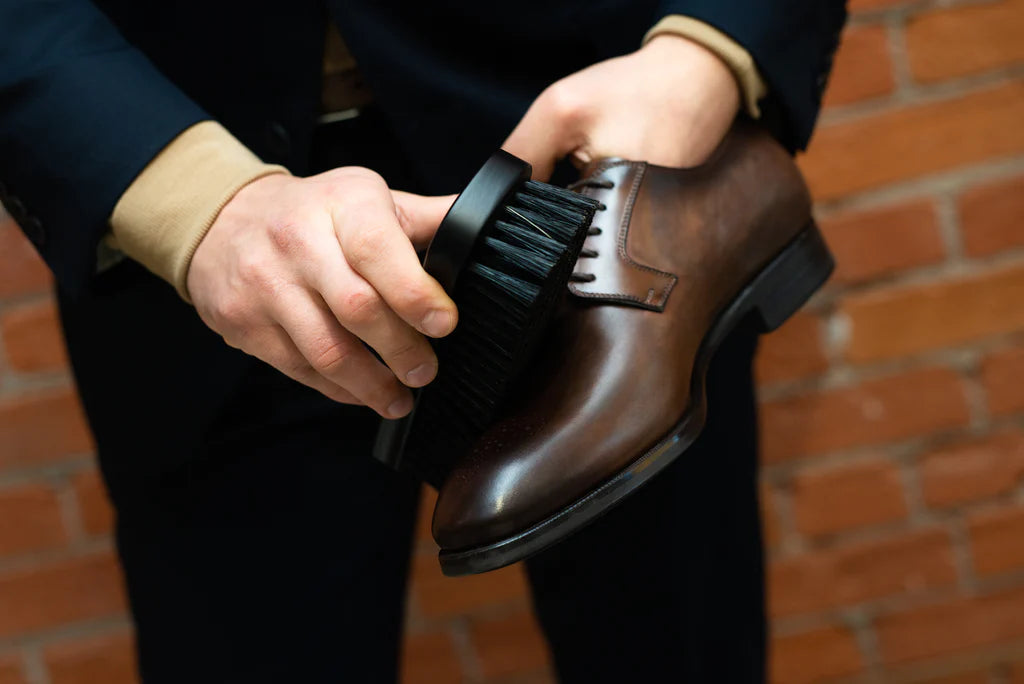A fine pair of Oxford leather shoes are the foundation of any well-groomed person’s collection. Not only can these classic pieces add flair to any ensemble, but they also demonstrate exceptional craftsmanship and meticulous attention to detail. Have you ever wondered how a product gets from raw resources to completed goods? The following are the necessary steps in the production of Oxford leather shoes:
1. Pattern Design:
Creating the pattern is the first step in the process. Expert craftspeople carefully sketch the shape of the shoe on paper, taking fit, size, and style into account. Since it acts as the guide for the whole production process, this step is essential.
2. Leather Cutting:
When the pattern is complete, it’s time to choose leather of the highest caliber and cut it in accordance with the design. Here, accuracy is crucial since any mistakes could detract from the shoe’s overall appearance and usefulness.
3. Piecing the Pieces Together:
After the leather components are expertly cut, knowledgeable artisans carefully put them together. This entails employing age-old sewing methods that have been handed down through the generations to piece together different parts including the upper, lining, and sole.
4. Durability and Forming:
The leather upper is then stretched and pulled over a mold that resembles a shoe—a process called lasting. This procedure guarantees a comfortable fit and gives the shoe its final shape. The upper is fastened, then allowed to dry and solidify in its position.
5. Sole Attachment:
It’s time to sew on the sole after shaping the upper. Expert craftsmen use glue and sewing techniques to carefully attach the sole to the shoe, whether it is made of rubber for increased longevity or leather for a classic appearance.
6. Finishing Touches:
The last stage is to add the finishing details that turn an excellent shoe into an amazing one. This entails giving the leather a high gloss, adding any necessary details or embellishments, and making sure each and every stitch is perfect.
7. Ensuring Quality:
The shoes go through extensive quality assurance testing to make sure they live up to the brand’s high standards before they are prepared to be sold. This entails checking that the shoe satisfies the highest standards of quality and craftsmanship by examining every part of it, from the stitching to the overall construction.



